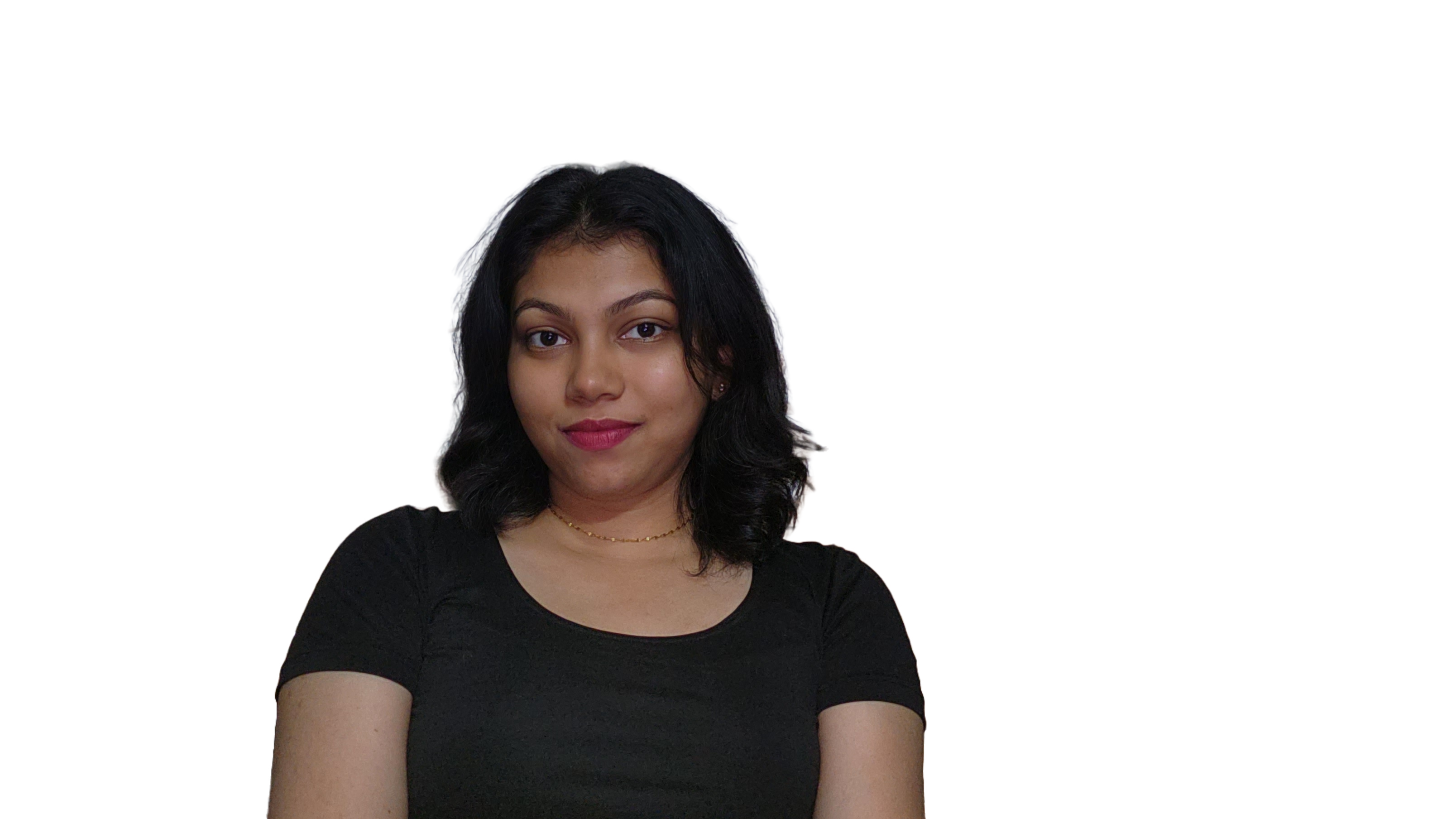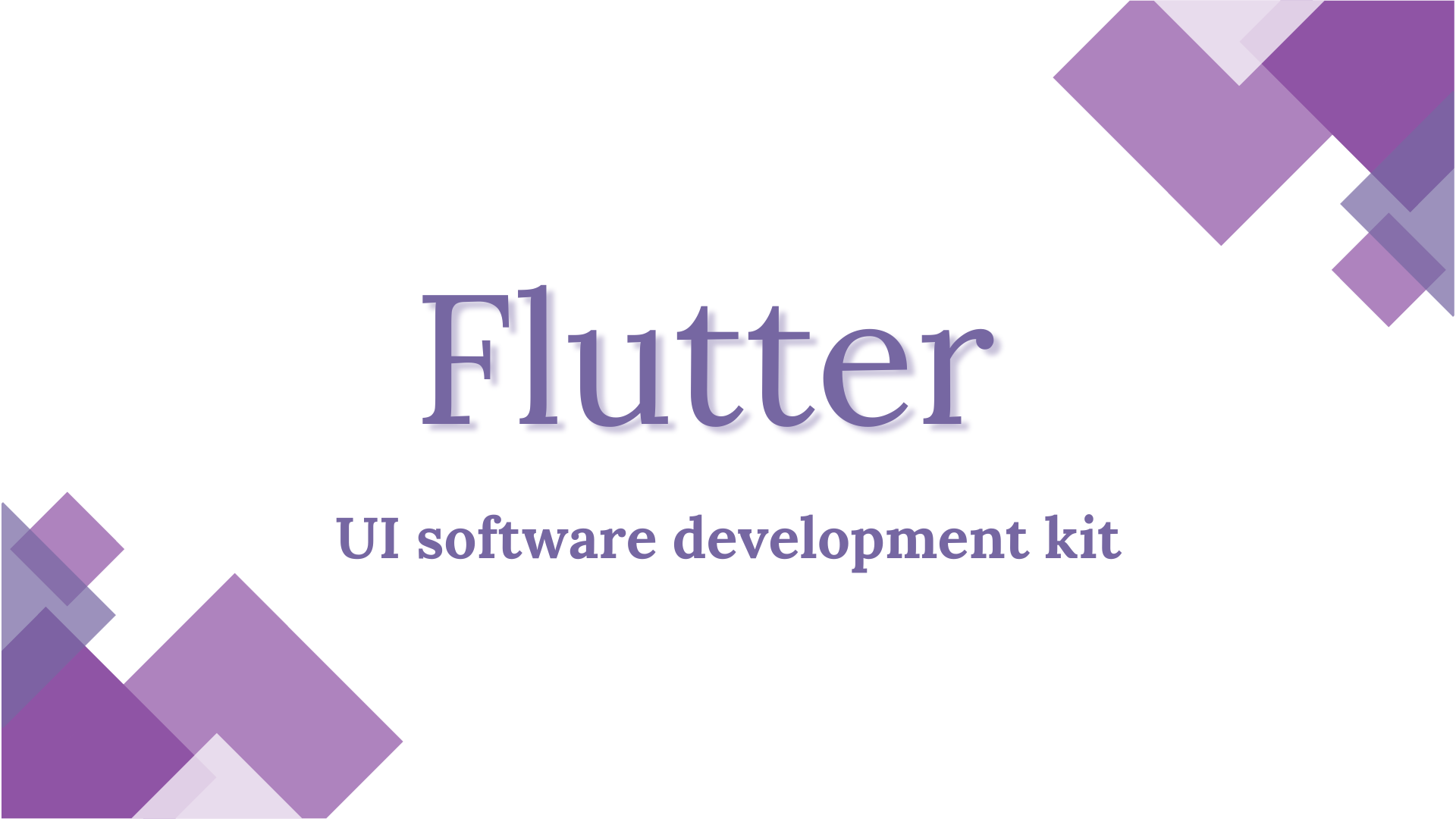Getting started with Flutter
 Vaishvika Pawar
Vaishvika Pawar
Flutter, Google's open-source UI software development toolkit, has emerged as a game-changer, allowing developers to create natively compiled applications for mobile, web, and desktop from a single codebase. Whether you're a newbie in the coding world or an experienced developer looking to explore new avenues, this guide will walk you through the basics of Flutter, making your first steps into the world of mobile app development as smooth as silk.
What is Flutter, Anyway?
Flutter is like a magical wand for developers. It's a framework that lets you build natively compiled applications for mobile, web, and desktop from a single codebase. Instead of writing separate code for Android and iOS, you can create a beautiful, responsive app using a single set of widgets and tools.
But what makes Flutter truly magical is its hot-reload feature. It allows you to instantly see the changes you make in your code without restarting the app. This rapid development cycle makes learning Flutter a breeze.
Setting Up Your Development Environment
Before you dive into coding, you need to set up your development environment. Here's what you need:
Flutter SDK: Download and install the Flutter SDK from the official Flutter website.
Flutter IDE: You can use your favorite code editor, but Flutter has excellent support for Visual Studio Code and Android Studio. Install one of these and configure it with the Flutter SDK.
Device Emulator: You can run your Flutter app on a physical device or an emulator. Flutter comes with its emulator called the 'Flutter Device'. Alternatively, you can set up Android and iOS emulators for your app testing.
Once everything is set up, open your code editor and let's get started!
Your First Flutter App
Creating a New Flutter Project
To create a new Flutter project, open your terminal and run the following command:
flutter create my_first_flutter_app
Replace my_first_flutter_app with your desired project name.
Understanding the Project Structure
Your Flutter project is structured like this:
lib folder: This is where you'll write most of your code. It contains the main Dart files for your app.
assets folder: You can store assets like images, fonts, and JSON files here.
test folder: For writing tests for your app.
android and ios folders: Contain platform-specific code. You won't need to touch these for now.
Writing Your First Code
Open the main.dart file in your lib folder. You'll see something like this:
import 'package:flutter/material.dart';
void main() {
runApp(MyApp());
}
class MyApp extends StatelessWidget {
@override
Widget build(BuildContext context) {
return MaterialApp(
home: Scaffold(
appBar: AppBar(
title: Text('My First Flutter App'),
),
body: Center(
child: Text('Hello, Flutter!'),
),
),
);
}
}
This is the basic structure of a Flutter app. Let's break it down:
main()is the entry point of your app. It calls therunApp()function, which starts your app.MyAppis a custom widget that extendsStatelessWidget. Widgets are the building blocks of your UI.MaterialAppis a widget that sets up some basic UI elements, like fonts and navigation.Scaffoldis a widget that provides the basic structure of your app, including an app bar and a body.AppBaris the app bar at the top.Textis a widget for displaying text.
Running Your App
To see your app in action, open your terminal, navigate to your project folder, and run:
flutter run
This will launch your app in the emulator or on your connected device. You'll see your "Hello, Flutter!" message displayed in all its glory.
Hot Reload
Now, here's the fun part. Make a change in your code, say change the text from "Hello, Flutter!" to "Welcome to Flutter!" Save the file, and watch the magic happen. Your app will automatically update with the new text without restarting. This is called "hot reload," and it's one of Flutter's superpowers.
Wrapping Up
Congratulations! You've just embarked on your journey into the exciting world of Flutter. You've set up your development environment, created your first Flutter project, and witnessed the power of hot reload.
In the upcoming posts, we'll explore Flutter widgets, build more complex UIs, and even connect to APIs to fetch real data for your app. So, stay tuned, and happy Fluttering!
Remember, Rome wasn't built in a day, and neither will your killer Flutter app. Practice, patience, and a curious mind are your best allies in this adventure. Happy coding!
Subscribe to my newsletter
Read articles from Vaishvika Pawar directly inside your inbox. Subscribe to the newsletter, and don't miss out.
Written by
